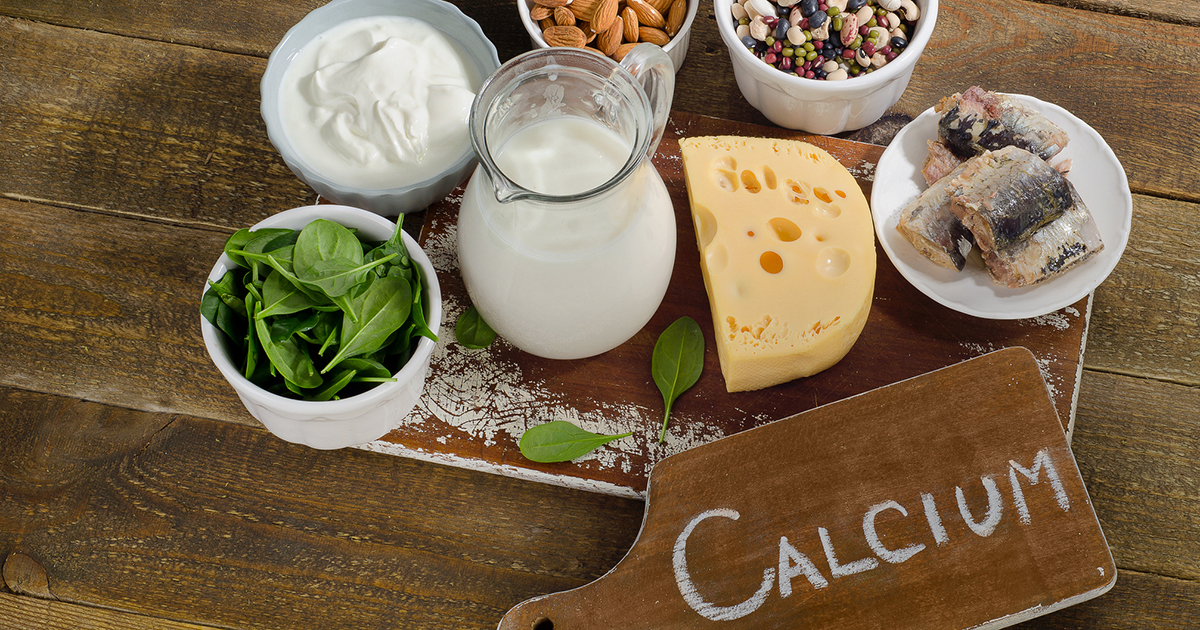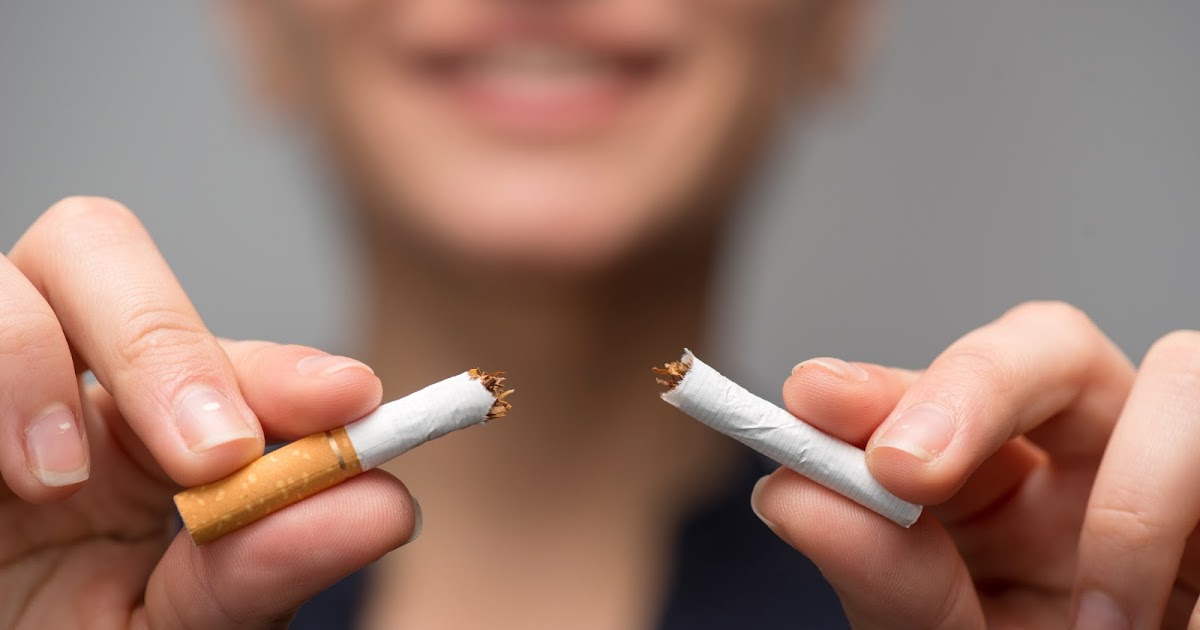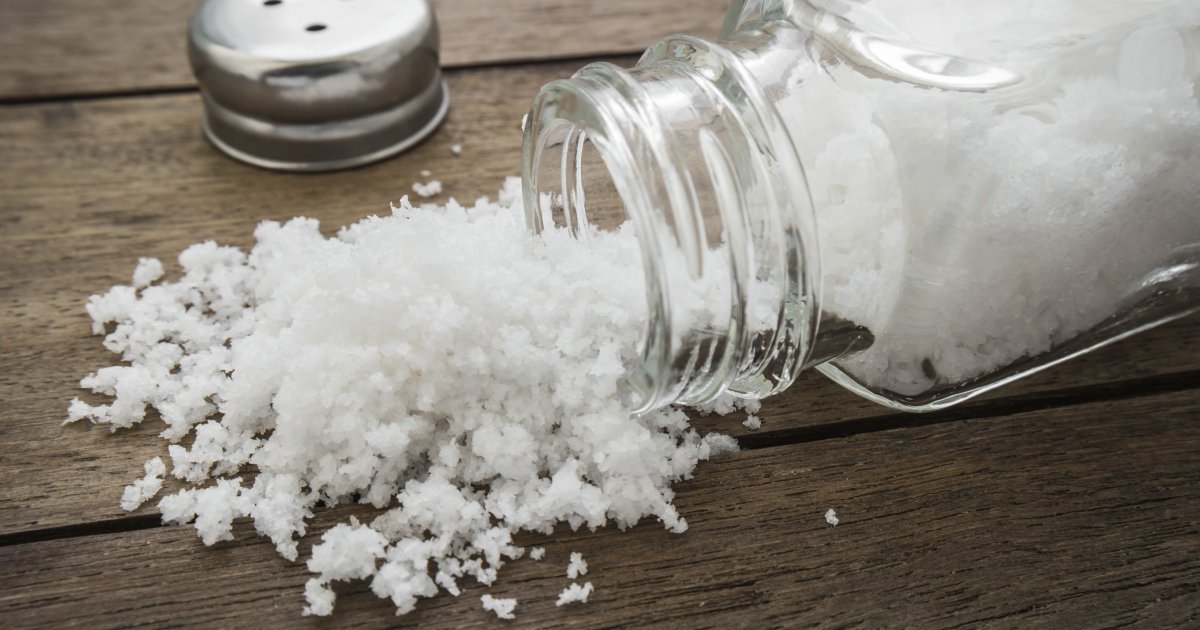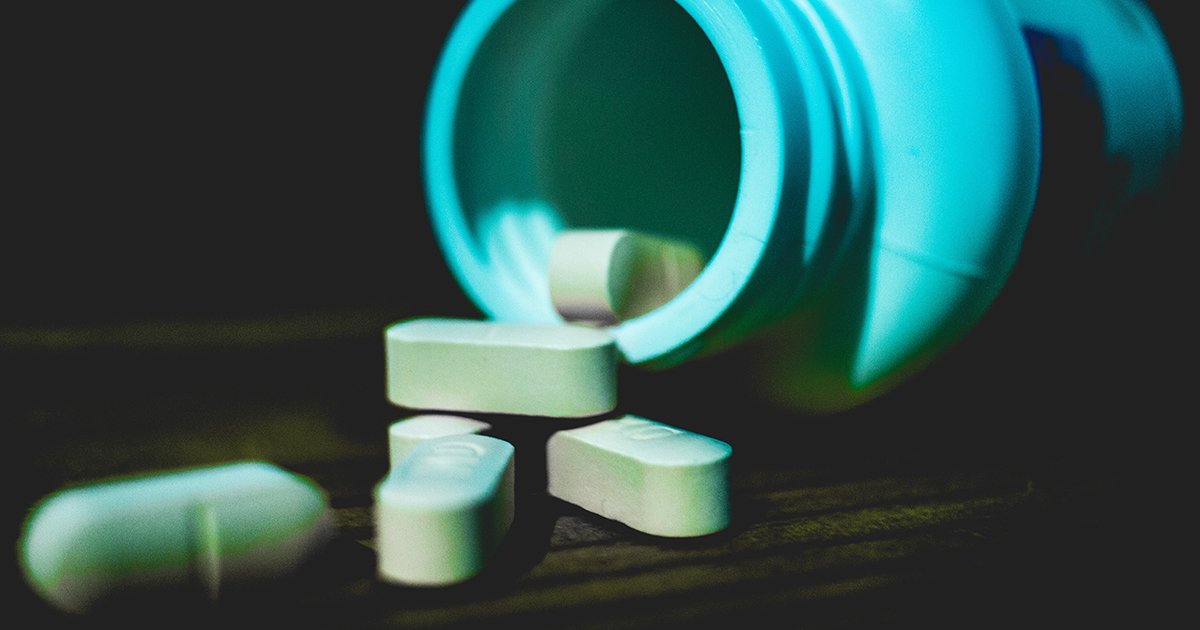Methods Of Treating Osteopenia
Osteopenia is a medical condition that affects bone density and strength, causing bones to become weak, brittle, and less dense. It occurs when the body does not make new bone faster than it reabsorbs old bone, and it typically arises after individuals turn fifty years old. Osteopenia does not always cause symptoms and individuals may not know they have it until they break a bone.
Those affected by this condition usually suffer from hip or vertebral fractures. The broken bones caused by osteopenia are extremely painful, and the vertebrae fractures can go unnoticed for years. Although osteopenia is not osteoporosis, if steps are not taken to strengthen bones, osteoporosis can develop.
Diet Rich In Calcium And Vitamin D

One of the reasons for the onset of osteopenia is not getting enough calcium, which keeps bones strong and is found in dairy, sardines, and leafy greens. Everyone's body needs a diet rich in calcium and vitamin D for the bone-building process. If individuals do not get enough of this mineral in their diet, their bones can become weak and lose density. Vitamin D is also essential in the gut because it helps the body process calcium.
It is recommended for women under fifty years old to get one thousand milligrams of calcium per day and women over fifty to take 1,200 milligrams. Besides aiding with osteopenia, calcium helps blood vessels push blood through the body, and aids with the release of hormones and enzymes responsible for managing homeostasis. The heart, nerves, and muscles in the body could not function if calcium were not present. Many believe calcium may prevent the development of cancer, diabetes, and high blood pressure too.
Regular Exercise

When individuals get regular exercise, they are protecting their body's overall health and wellness. Exercise can improve an individual's physical well-being, increase strength, and prevent aging. It helps develop the cardiovascular system and aids in weight loss. To build their body's resistance and prevent osteopenia, individuals should perform aerobic and anaerobic exercise. Aerobic exercise includes running, brisk walking, swimming, and rowing. Anaerobic exercise is performed with the use of weights and improves muscle tone and makes bones stronger, and these types of activities include weight training, push-ups, pull-ups, lunges, and bicep curls.
Strength training is the most efficient form of exercise in the prevention of osteopenia. During strength training, individuals use exercise techniques that make muscles contract. This form of physical activity increases the size of skeletal muscles and joint function. It can also improve muscle tone, muscular strength, and increase bone density. Individuals can prevent broken bones with weight training exercises and decrease the risk of developing osteopenia.
Reduce Smoking And Alcohol Consumption

The health problems caused by smoking and alcohol can affect the entire body. The smoke from a cigarette is absorbed into an individual's bloodstream and circulated throughout their body. It is highly addictive, and once someone starts, it can be difficult to quit. Even though smoking and drinking alcohol increase the risk of developing osteopenia, they are also strongly linked to lung cancer and heart attacks, strokes, lung infections, and emphysema.
Smoking not only decreases bone density and it slows down bone healing as well. If individuals smoke in their thirties, they are putting themselves at risk for developing losing bone mass and smaller skeleton. In an individual's forties and fifties, the toxins in cigarette smoke affect their bones more. Since the liver absorbs the chemicals in smoke, it affects the enzymes and estrogen necessary to maintain strong bone structure. A lifestyle with reduced smoking and alcohol consumption can increase bone formation.
Reduce Salt Intake

Salt is a mineral made of sodium chloride found in rock form and in the ocean. This mineral is needed to sustain life and an essential nutrient. It is an important electrolyte that helps with the osmosis of water in the body. It also aids in maintaining the water balance within organs. Although salt is needed to remain healthy, too much salt is bad for an individual's health. A diet with a high salt intake can cause cardiovascular diseases, high blood pressure, stroke, and kidney disease. Eating too much salt can also affect an individual's bones and lead to osteopenia.
If an individual has osteopenia, they should reduce their salt intake and include more calcium and vitamin D in their diet. To decrease the amount of salt eaten, individuals should read the nutrition facts label on food before they make the purchase. Instead of eating out all of the time, they should cook their meals, not add sodium, and limit instant products. A diet that includes fresh meats, fruits, and vegetables helps with lowering the amount of salt consumed too. Another way to reduce salt intake is to rinse canned tuna, beans, and vegetables before consuming.
Prescription Medication

Not everyone with osteopenia will need prescription medication treatment. About thirty-four million individuals have osteopenia, which means the condition is responsible for many fractures. However, having osteopenia does not mean patients are at consistent and immediate risk of fractures. If individuals have osteopenia and have never broken a bone, prescription medications may cause more unnecessary side effects than benefits.
However, some doctors will determine prescription medication is the right course of action given their case. Prescriptions tend to be given when a patient has additional risk factors for fracture like parents who fractured their hips, previous or ongoing corticosteroid treatment, small skeletal framing, smoking, consuming over two alcoholic beverages per day, and smoking. Based on this information, doctors determine a patient's risk of fracturing a bone within ten years and decide whether prescriptions are necessary from there.
Take A Calcium Or Vitamin D Supplement

One way individuals with osteopenia can mitigate their risk of fracture is by taking a calcium or vitamin D supplement. Osteopenia patients should ensure their calcium and vitamin D levels aren't deficient. Calcium is best known for building bone mass and increasing overall bone strength. It also helps the heart beat, the muscles contract, and the blood clot. Vitamin D is also necessary for bone health because it helps the body absorb calcium.
If patients take a calcium supplement but have depleted vitamin D levels, their body probably won't absorb most of said supplement. Certain foods, as mentioned, have been fortified with small amounts of vitamin D, including fatty fish, cheese, egg yolks, beef liver, and fortified milk in the United States. When the body is exposed to sunlight, it makes vitamin D. However, individuals should limit their skin exposure to the sun to reduce their risks of developing skin cancer.
Limit Alcohol Consumption

It's important for patients to limit their alcohol consumption to reduce the risks associated with osteopenia. Studies have shown excessive alcohol consumption decreases the formation of bone because it has a toxic effect on the function of osteoblasts. In addition, ethanol alters the minerals necessary for bone metabolism. These include vitamin D, parathyroid hormone, testosterone, cortisol, and IGF-1. With other ethanol-induced problems like brain atrophy and myocardiopathy, stopping the consumption of alcohol can lead to a partial reversal of the condition. Similarly, it's possible ceasing the consumption of alcohol can reverse bone deficiencies. In one study, after individuals stopped drinking for two years, their bone health slowly returned to a state similar to that of the non-drinking control group.
Treat Underlying or Accompanying Conditions

Osteopenia can sometimes be associated with other conditions, so to encourage bone health and strength with this condition, individuals also need to treat any underlying or accompanying conditions, which include those dealing with malabsorption of nutrients, such as celiac sprue. When this condition receives treatment, most patients see improvement in their osteopenia symptoms as well. Osteopenia can also sometimes be the result of a vitamin D deficiency, which should also be treated.
Patients should also quit smoking and increase their exercise. The best exercises for bone health are weight-bearing ones like push-ups, lifting weights, and walking. When the bones bear weight, the body creates signals that they should become stronger.
